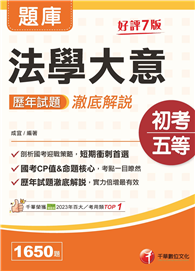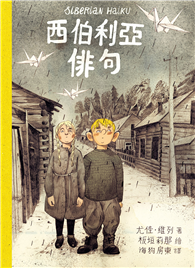This accessible and inclusive new textbook introduces Child Language Acquisition (CLA), with unique coverage of bilingual and early second language development as well as first languages. The majority of children worldwide will grow up to be bi- or multilingual, and early second language acquisition is a very common experience for migrant children and those in more well-established ethnic minority communities across the world. The book explores the major stages of child language development below the age of five years, covering social context, early words, combining words, inflections and function words, complexity, and use of language, but also some of the major developments that take place post five years.
Including recent developments in the area, this introduction:
- Emphasises the interactive development of the component skills involved in language and the wider skills on which language depends
- Incorporates bilingual language development throughout, covering both two first languages and early naturalistic second language acquisition
- Takes a crosslinguistic and cross-cultural approach, considering the role of input and child directed speech in the light of recent debate about links between socio-economic status and CLA and supposed ’deficient’ language-learning environments for some groups of children
Supported with examples taken from child language data and experimental studies, as well as exercises and activities, this student-friendly text is an essential course textbook for any module on child language acquisition.












